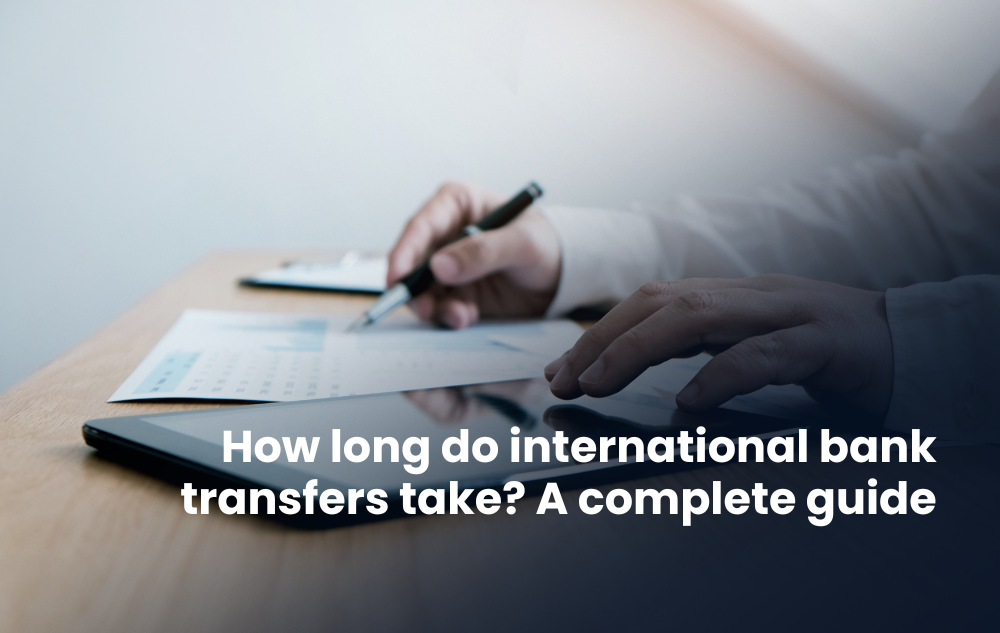Insights
Best practices and tips on spend management, automated expense tracking and corporate debit cards for Australian SMB and enterprise businesses.
In today’s global economy, international bank transfers are essential for businesses and individuals sending money across borders. Whether you’re paying international suppliers, transferring funds to overseas employees, or receiving payments from foreign clients, understanding how long international transfers take is crucial for planning cash flow and avoiding delays.




